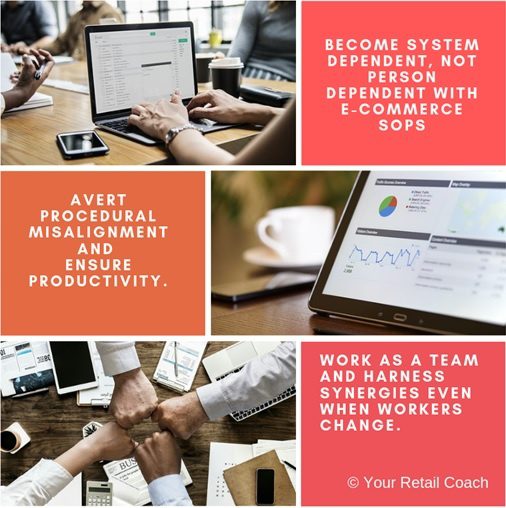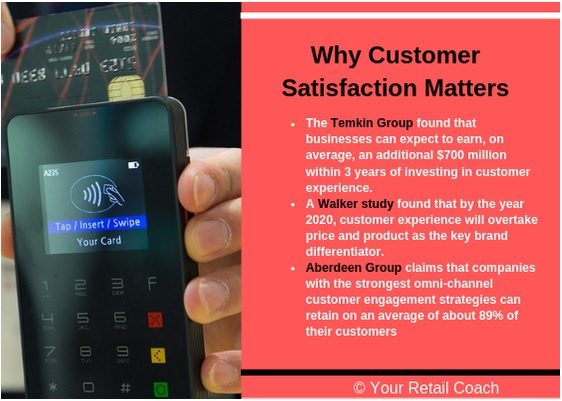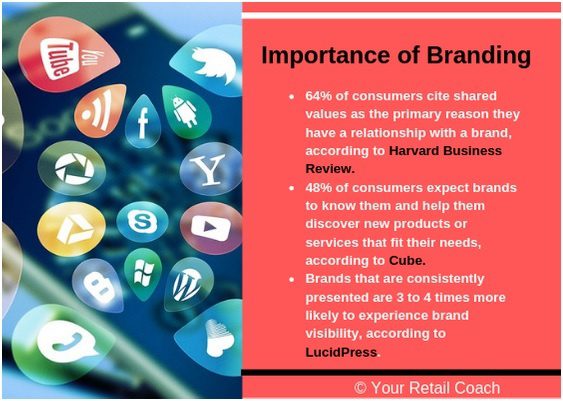Competition in the e-commerce system is rife. So is the potential for growth. Statista estimates e-commerce retail sales will grow from USD 1.3 trillion to USD 4.9 trillion from 2014 to 2021. This represents a 3-fold growth. According to Business Dot Com, the tenth largest eCommerce markets in the world include Asian powerhouses like China and India.
Shopify estimates 57% of online retail shoppers have purchased in the past six months from international retailers. The bad news? Cart abandonment rates have been rising from 10% in 2006 to 69% in 2018. So, while this is a growing sector, how do e-commerce companies thrive in the face of competitors like Amazon and Alibaba?
One of the core elements of a successful e-commerce business is an SOP/ standard operating procedure. To improve your conversion rates, you need to personalize offers, according to Gartner. But that’s not all. A Harvard Business Review study with 46K shoppers found 73% of these used multiple channels to do shopping. Omnichannel capabilities and the capacity to handle multiple processes stems from a well-drafted and effectively implemented SOP.
After all, the consumer has changed in a fundamental way, as expectations rise through engagement with e-commerce stores and new technologies. E-commerce buyers are looking for useful, assistive and engaging behavior from brands interacted with. Those e-commerce businesses looking for productivity, profits and success need to realize that SOPs can be the competitive differentiator to make it to the finish line and race past competitors.
SOPs are a critical step unifying business goals approach. If SOPs are created and used regularly, incredible growth becomes a reality. The mindsets shift and the e-commerce business benefits from an unstoppable team.
E-commerce companies without SOPs experience workflow bottlenecks. The vision for growth becomes secondary. Day to day tasks takes up team time. Rather than trying to keep up and fire-fighting, work on SOPs that create goals and strategies for your online business and get the following benefits:
SOPs can consolidate workflows and systems, leading to clear expectations, unbeatable performance, and exceptional results.
1. Standardize your operations
When SOPs are used, savings in time and money accrue for not just your business, but your online customers as well. Strong and comprehensive SOPs streamline operations and standardize the workflow, leading to consistent procedures. The end result? Your e-commerce business delivers the same customer experience each and every time. The quality assurance and industry standards are adhered to. Your SOP can tell everyone how to manage operations and carry out everyday tasks in a uniform and systematic manner.

2. Become more system dependent and less person dependent
For any business, time is money. An e-commerce company needs to use its time even more efficiently. Routine tasks or team coverage can become time-consuming without SOPs in place. For example, if you need to follow quality checks prior to shipping the product, systematically delineating the steps involved can help to assure employee productivity and company profitability, as your business will deliver e-commerce products that are always up to the mark.
When e-commerce SOPs are in place, team members can use the relevant SOP to step in for others. Smooth future growth is also assured. Avoid reinventing the wheel each time you hire someone new. Drive growth and fuel profits with standardized processes and workflows in place. SOPs ensure ready made manuals facilitate hand over to new hires and guide them through tasks.
In a nutshell, become system dependent and not person-dependent. In the event of transfers, resignations, retrenchments or retirements, your team no longer has to rely on individuals when SOP manuals are in place to guide them.

3. Improves customer satisfaction during Pre-Sales & After-Sales
Further, SOPs are not just for business growth and practice. Navigate long, complex projects by creating SOPs that ensure customers are satisfied right from the pre-sales to the post-purchase stage. SOPs that are client-facing can build strong, lasting relationships with clients. This comprises aspects like communication plan, billing systems, project logistics, and customer expectations.
When your SOP assures clients of quality products and services, the client will know what to expect each and every time and stay on board with your e-commerce brand for longer periods. Access high-value customers and a strong user base by working on e-commerce SOPs that enhance customer satisfaction.

4. Increases your brand value & positioning
For the SEO and brand positioning roadmap, SOPs are simply invaluable. To create brand value, you have to communicate unique value propositions. Your online brand must build on a stellar reputation and position itself as a market leader. SOPs promote teamwork, cohesion and brand building with clear steps on how to approach SEO and marketing. Let’s consider SEO SOPs, for example.
In this context, search visibility rarely depends on just one department. Tasks like working on your website page require additional help from IT and content teams. Link Building includes outreach, quality content worthy of links and aspects of technical SEO as well. SEO stakeholders need to understand their roles, responsibilities and complete tasks to meet the same standards. This is where SOPs and workflows work their magic.
SOPs define steps to complete specific tasks for strategic success. SEO strategies and brand positioning techniques depend a lot on standard operating procedures for this very reason. This enables e-commerce businesses to maximize time and effort while reducing errors in SEO.
Identification and implementation of SOPs and workflows are just the beginning. Brand promotion strategies need to be monitored from end to end to assess output quality. Processes need to deliver desired results. So, SOP outcomes need to be reviewed and workflows need to be refined, as this can impact work. Identify the correct processes and factors that slow you down. Use SOPs to find optimum solutions. Building a brand value required consistent application of SOPs and workflows.

5. Helps to achieve a competitive edge
In the ever competitive e-commerce industry, thanks to the internet revolution, online marketplaces are saturated and overcrowded. E-commerce ecosystems are super competitive. This enables companies to work on delivering high-quality products and services to gain the winning edge. SOPs can help here as well.
Operations taking place in a company need to be controlled to lower defects in products. Errors reduce, and quality improves. This serves as a competitive differentiation that triggers quality improvement and customer satisfaction, generating profits in turn.
SOPs are effective for assuring quality control, communicating process standardization and transferring skills to prevent errors. Consistency in brand building and product quality checks are assured through written SOPs that document routine activities to be followed by e-commerce firms.
E-commerce businesses looking to provide the best for their customers and follow instructions to ensure they meet industry best practices. In this context, SOPs aggregate and simplify corporate policies, regulations, and operations.
SOPS have established procedures to encourage a work culture where employees are competent and empowered. Regulations are followed. Best practices are implemented. In this way, errors are minimized and a competitive edge is assured.

Concluding Thoughts
SOPs are more than just standardized instructions for guiding employees. They are a mantra for e-commerce success, in an industry driven by innovation, disruption and the progress of new technologies. For e-commerce companies to keep up, systems, processes, and procedures must be streamlined effectively using e-commerce SOPs.
Meg Whitman, former CEO of eBay said: “communications is at the heart of e-commerce.” But to manage these communication systems, you need a flawless SOP in place, too. Contact reputed retail SOP consultancy Your Retail Coach to draft and implement the perfect SOP for your e-commerce business, and give your business a strategic.
In the words of the YRC founders, “Our clients had never thought that SOPs would become their competitive edge. They have reduced the operational errors and drastically reduced the negative reviews related to operational errors by 70%, for example: logistics delays, product return delays and other such operational errors.” Contact Your Retail Coach today to know how to draft SOPs that grow your e-commerce business and streamline your operations.
To know more about “SOPs for e-commerce business”, you get in touch with YRC Expert (https://www.yourretailcoach.in/contact/)







